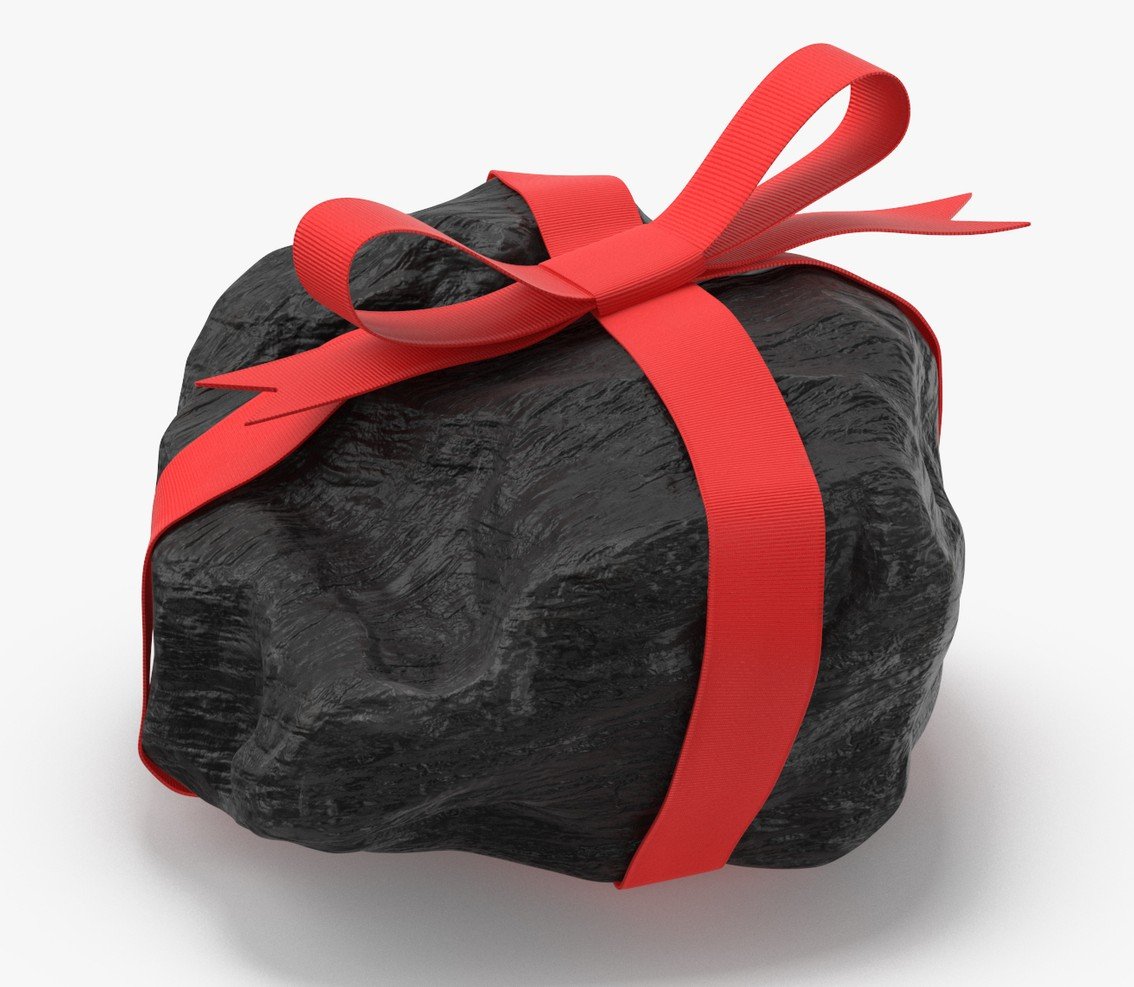There’s a typo in the title. If you go back to the original source (in french), they actually retain 79,5 % of their original efficiency, so even better than the article’s title would have you believe.
Wow, imagine where we’d be if Oil and Gas hadn’t convinced almost everyone that solar was never going to work well.
Imagine where we’d be if people didn’t automatically think nuclear power=Homer Simpson
Not Chernobyl?
That too along with 3MI, and decades of negative propaganda from the fossil fuel industry.
I thought that solar panels that old performed much worse or stopped working. Especially considering where the tech was in the 1990s.
I thought that solar panels that old performed much worse or stopped working. Especially considering where the tech was in the 1990s.
“performed much worse” is compared to today’s manufactured panels. As an example, a 100w panel in 1992 was likely around 12% efficient. This means “of all the light energy hitting the full panel under perfect light and temperature conditions”, 12% of that energy is converted to electricity and would produce 100w. Compare this to a middle-of-the-road panel you’d buy for your house today the efficiency is 21%. Both the old and the new panel’s efficiency will go down over the years.
What the article is talking about is how much of the original efficiency is retained over the years in real world tests. Lets say we have a 1992 100w panel from my example above at 12% efficiency. That means under the best possible conditions it would generate 100w. Because of age, the article notes that efficiency has degrade to produce 79.5% of its original rating. Meaning this 1992 100w panel today would generate 79.5w. That’s still pretty darn good and useful!
There is a solar plant in switzerland that still has functioning panels from the early 80s.
E: Oh, the one I thought of was mentioned in the article already.
It’s funny how all the FUD idiots say that solar panels will wind up in the landfill and shit like that
It’s a stupid argument against solar power, but it is a legitimate argument against cheap and poorly-constructed solar panels that do not have the same longevity as the ones built in the 90s.
Just read to the top comment saying it’s profitable to replace them anyway.
And then the top comment to THAT comment wondering where and how to buy the still-effective replaced ones.
Just buy more and put them next to it lmao.
That makes sense, but I guess the problem is that they take up a lot of space.
The weird thing is that in this scenario these panels are still applicable for replacement probably because the the solar panels of today compared to then are about ~40% more efficient. So compared to a new replacement it’s at around 60% efficiency. A major site plans profit off of 30 years and plans to replace glass at that time, so while it may still be somewhat useful long term it’s probably more profitable to replace them.
Oh yeah, how about coal? Does that get any less efficient over time? Exactly. I’ve been burning the same lump of coal for easily the same amount of time and it remains 100% efficient, that’s the beauty of combustible fuel.
/s I’m assuming.
I’m not familiar with that letter.
Assuming you’re asking in good faith, the “/s” is usually added to denote sarcasm online.
Photo?

That is a very neat bow 😄
It’s good to know that they have pretty good longevity. One thing complicating this is that panel technology has gotten better and better during that time. There’s a graph on Wikipedia plotting how much better the various types of panel have gotten since the 70s. A lot of them have doubled in output since the early 90s.
So on the one hand, these old panels are outputting 75% of what they started with, which is good. But on then other hand they are only outputting about 37% of what new panels could.
Not that we should throw old panels away. There’s plenty of sun to go around (though I guess the average homeowner only has one roof to use). It’s just interesting how fast the tech has improved and how that might factor in to some longevity calculations.
If that became a problem, every old panel could be changed by newer ones and the old ones could be installed in a desert until their EOL.
Right, they could be installed in the middle of nowhere as free phone chargers and stuff even if there was no other use for them. Just set them up with a used inverter and some used chargers, whatever etc.
Or maybe a whole lot of them could be put together in the middle of nowhere to make an EV charging station
I’m getting some new panels installed this year, and I think they’re suggesting they’ll be at 80% after 25 years.
It looks like there is disagreement between the title and content of the article. Title says 75.9, content says 79.5
Either way, does this suggest that new panels might do better than expected over a 30 year timespan?
deleted by creator






